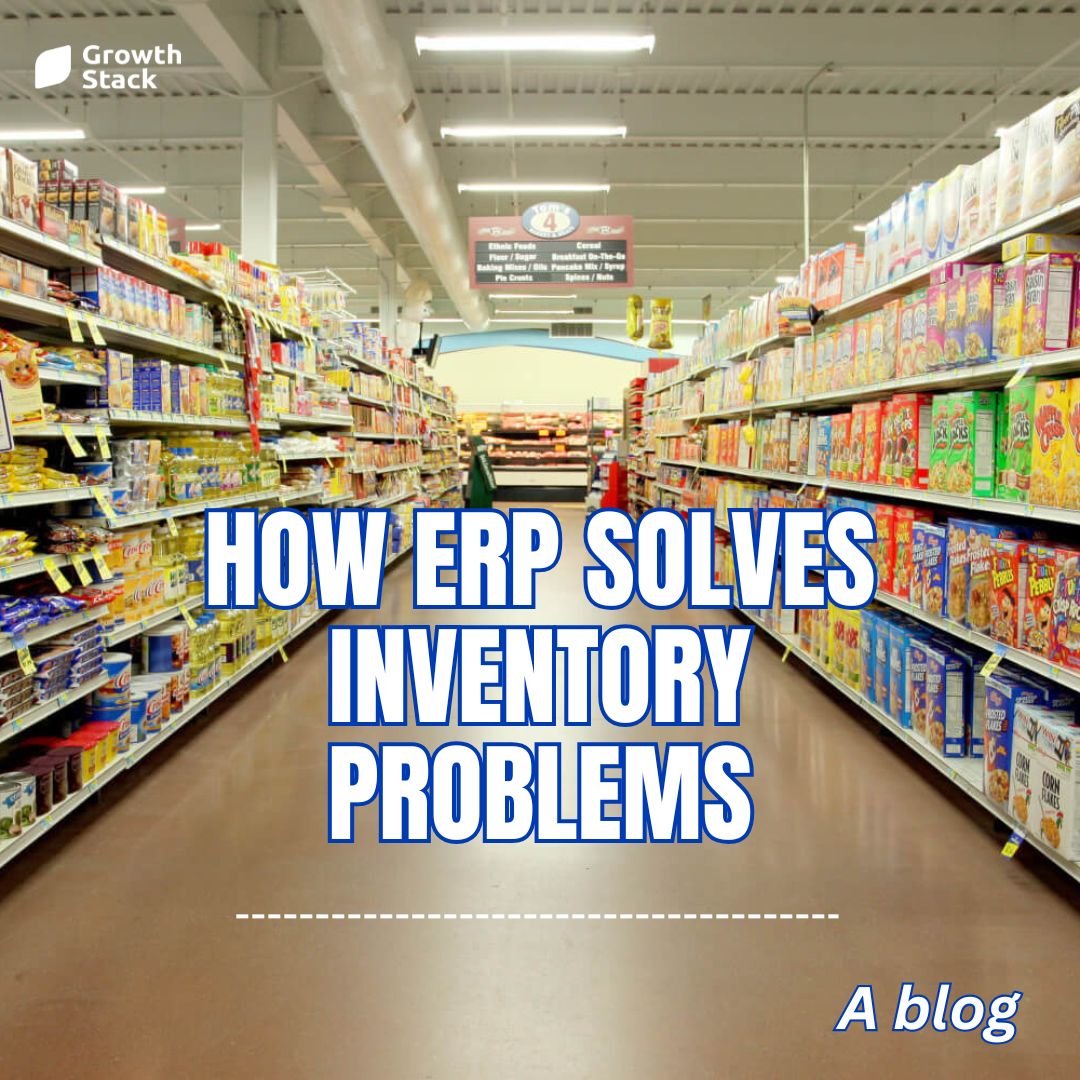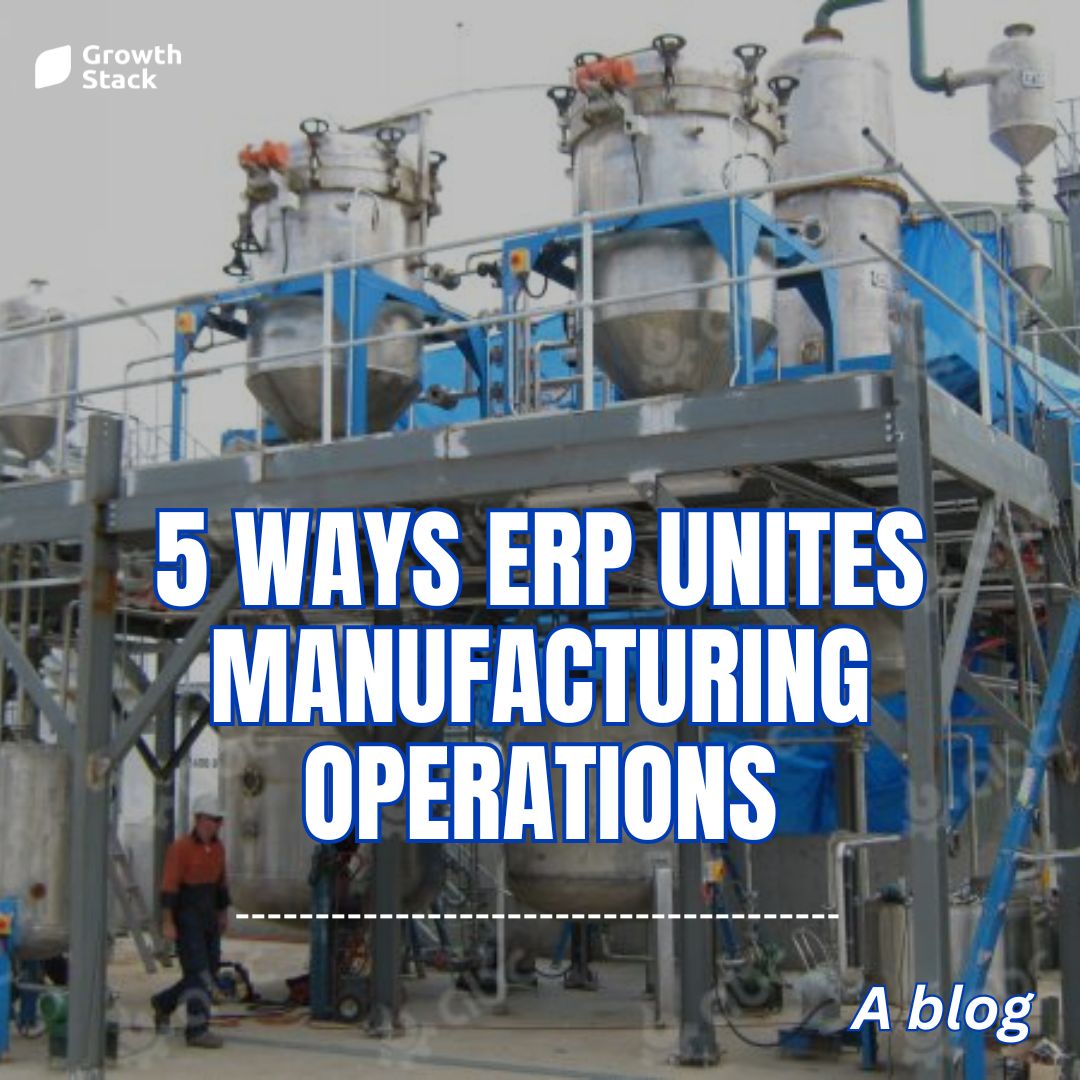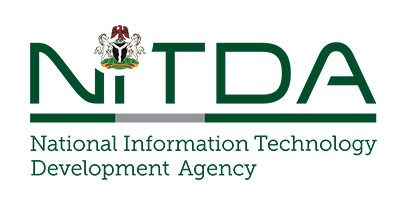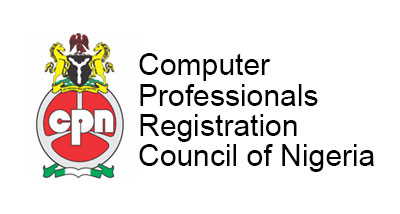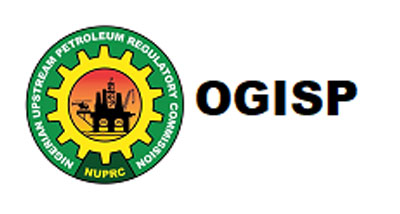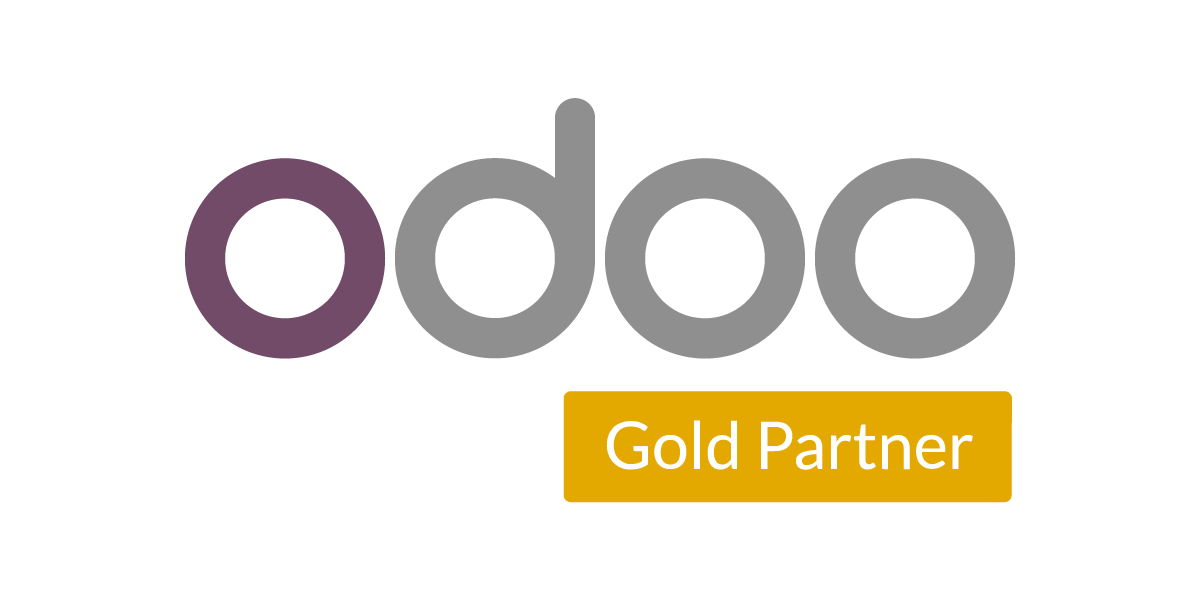What Problems does The Odoo ERP system fix?
Because the Odoo ERP system will have an impact on your entire business, it’s only inevitable that a variety of issues would occur. These limitations, however, should not prevent you from reaping the benefits of Odoo ERP. We’ve outlined six major ERP difficulties in this guide to assist you in selecting and implementing the best ERP solution for your business. Let’s get started!
-
Identifying which processes need be integrated.
The first hurdle in ERP installation is determining which of your current processes and systems may benefit from the ERP integration. And which of these would cause your company’s workflow to be hampered? This is particularly problematic in companies with multiple competing divisions.
Companies waste important time trying to piece together fragmented data from several spreadsheets and sources if they don’t have an ERP. You may ensure that there is always one source of all data within your organization by integrating your present systems and work processes with an ERP.
-
Restricted adaptation.
If any ERP system isn’t adaptable enough, your business may have to alter its procedures to fit this ERP in order for it to function. This may appear to be backwards, and the time and money required to reorganize your company and retrain your understandably hesitant workforce may not appear to be worth it. However, by selecting the appropriate software for your needs, you may assure a seamless interface and so reduce the lack of flexibility.
-
Maintaining track of the inventory levels.
It’s critical to strike a balance between having too much and not enough inventory when it comes to inventory control. Keeping the right quantities of the right inventory on hand guarantees that a firm or organization can meet its consumers’ needs. When contemplating inventory, consider lead time because waiting until your material supply is completely depleted can cause complications.
The Odoo ERP system’s inventory management application gives manufacturers the visibility and inventory counts they need for better production planning. Inventory is counted and any shortages are instantly documented, starting with a customer’s sales order. If there are any flaws, the ERP will alter the inventory order’s status to unavailable for any further sales requests.
-
Accurate reporting and real-time data access.
The Odoo ERP system with the correct reporting capabilities can be used to construct a data visibility tool. With each transaction throughout the system, database information is automatically updated in real-time, ensuring maximum accuracy. You can use the information to create pre-calculated summaries and target estimates. This ERP system’s generated data can be customized to meet a company’s specific needs and provides for easy internal and external reporting data distribution.
-
Material Requirements Planning (MRP).
MRP is another component of the integrated Odoo ERP system that solves resource management issues. MRP is a manufacturing process management system that includes production planning, scheduling, and inventory control. Manufacturing capacity and material resources are utilized through production planning, which is based on past production data and sales predictions. MRP decreases cash flow and boosts profitability by computing the best production schedule based on the master production schedule, sales forecasts, inventory status, and open orders when properly implemented. MRP can also help reduce waste by providing information on when to buy the right amount of inventory at the right time, as well as determining the earliest possible time frame for producing items and acquiring raw materials while still fulfilling client deadlines.
To learn more about the Odoo ERP and how our solutions may help your business, and how to enjoy the benefits listed above contact us now.



